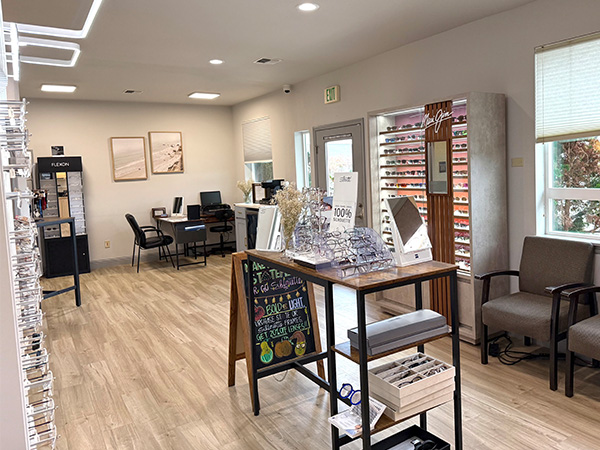

Blog list
North Coast Eye Care Blog
Learn more about optometrist care in our blog!
Coming soon
Helpful Articles

All Eye
Care Services

Keep
In Touch

Operating Hours
- Monday 8:00am - 5:00pm
- Tuesday 8:00am - 5:00pm
- Wednesday 8:00am - 5:00pm
- Thursday 8:00am - 5:00pm
- Friday 8:00am - 5:00pm
- Saturday Closed
- Sunday Closed
© 2025 North Coast Eye Care. All rights Reserved. Accessibility Statement - Privacy Policy - Sitemap
Powered by:


